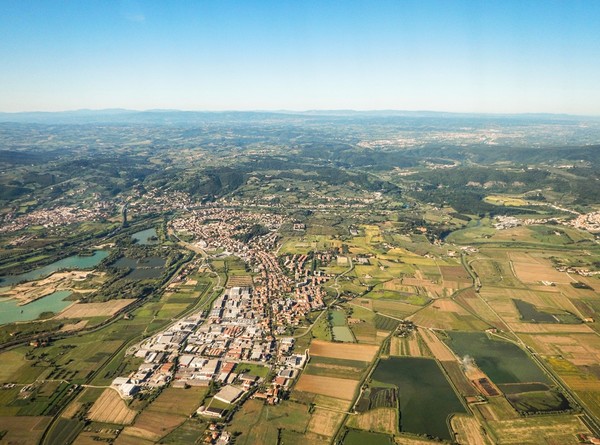
COP21 Paris, for a global agreement
The first great result of the 21st Paris Conference of Parties on climate change was the large participation of countries from all continents. All attendees agreed on the path to follow in order to save the Planet, although it still takes time and much effort by polititians to define the necessary measures aimed at gradually abandoning fossil fuels usage in favour of renewable sources and green economy
On December 12 it was – in a Paris shocked by the atrocities of ISIS terrorist attacks – a memorable day for the achievement of a global agreement through which climate change can be contrasted. For almost two weeks, the representatives of 195 countries confronted each other to find the solution that the Foreign Secretary and COP21 President Laurent Fabius, defined “fair, sustainable, dynamic, balanced and legally binding”. This vision is embraceable only if we consider the undertaken decisions not as an accomplishment, but rather as the beginning of a long and complex path towards new economic and social standards directed to environment protection and prosperity of peoples, and therefore built on solid cooperation projects. It is basically a huge challenge that also indicates viable solutions to the many embers of conflict and terrorism revolving around the irresponsible use and unequal distribution of water, food and energy supplies.
As for the urgency of the issues at stake and the range of the objectives involved, there were several concerns raised by those who awaited more ambitious and convincing results from Paris. However, the barely attainable logic of “now or never” left enough space to more realistic possibilities and broader time horizons that might accept improvements, new participants and so raise progressively the bar of the objectives. In this perspective also the more aggressive NGOs, though not fully satisfied, recognized the change of direction marked by the negotiations which – as declared by the Executive Director of Greenpeace Kumi Naidoo – put “the fossil fuel industry squarely on the wrong side of history”.
For a more detailed definition of the mechanisms to put into operation, we still have some time. In fact, in order to adopt the Agreement, all Parties will have to sign it during an official ceremony at the United Nations in New York on 22 April 2016 and the agreement will be open to signature until 21 April 2017.
The implementation of the Agreement will take place in 2020, at the expiration of the Kyoto Protocol, provided that the ratification has been approved by at least 55 Countries responsible for the 55% of greehouse gases emissions on a global scale.
The key points of the COP21, approved and included in the text are summarized below: Holding the increase in the global average temperature to well below 2°C above pre-industrial levels and pursuing efforts to limit the temperature increase to 1.5°C; The text has a five-year review mechanism, but only to ramp up the undertaken pledges in order to make them more ambitious; A periodic report on the state of the art of the improvements achieved by all Parties will be drawn up every five year; Differentiation of commitment between developed countries and those in development, according to which the first ones will have to give the others technological and economic support to climate change mitigation measures. To this purpose, the Agreement shall set a new collective quantified goal from a floor of USD 100 billion per year, taking into account the needs and priorities of developing countries. This should be a starting point to implement over the years.
In the end, since all the mechanisms for the effective implementation of the Paris Agreement will require a gradual development, any effort will be made to implement it as soon as possible due to the impending environmental risks.








